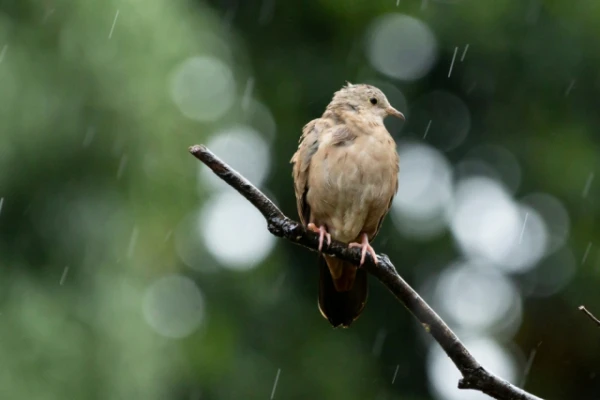
Unlike humans, nature has endowed many animals with abilities and natural solutions to protect against precipitation, if it poses a problem for the creature at all.
Birds achieve waterproofing of their feathers by applying a special substance from their own glands near the tail. This provides an oily coating that keeps the plumage dry in light rain. However, when it comes to heavy downpours, the situation changes.
Some birds prefer to stay sheltered, and on their way to it, they spread their feathers to make them more water-resistant. It is important to remember that wet feathers are cold feathers: when water gets into the air pockets between them, it becomes quite chilly. Birds, especially small ones with a higher surface area to volume ratio, may be at risk of hypothermia. Therefore, during a downpour, they are often found under bushes or in the dense canopies of trees. To keep warm, the birds huddle together.
But some birds, on the contrary, love water so much that they take baths, spreading their feathers to get thoroughly soaked.
Regardless of whether a bird is hiding from the rain or playing in it, it needs to eat. This means that at some point during a prolonged downpour, it will have to challenge the weather and go in search of food.
It is precisely the oily coating of feathers that allows most birds to fly in heavy precipitation, although only over short distances. Geese, ducks, swans, and gulls can successfully cover significant distances in heavy rain, although this requires an extremely high energy expenditure from them. Wet wings become heavier. It is even more dangerous to fly in strong winds.
Even seabirds, among the most resilient to storms and water, become very tired in heavy rain. Some birds fly around the cyclone, while others head inland. And there are those that head straight for the eye of the storm, where they wait out the bad weather.

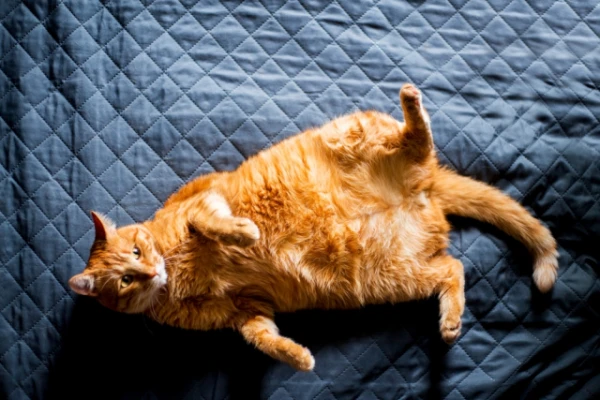
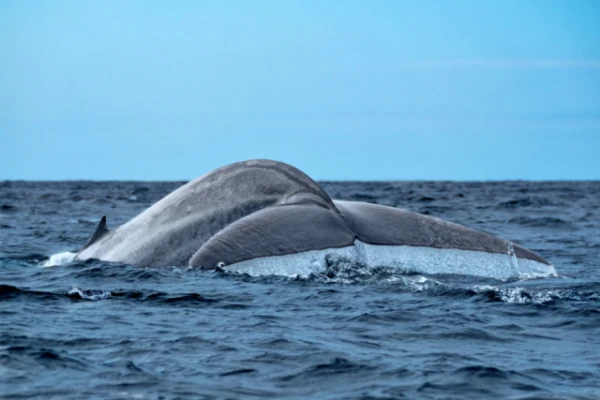
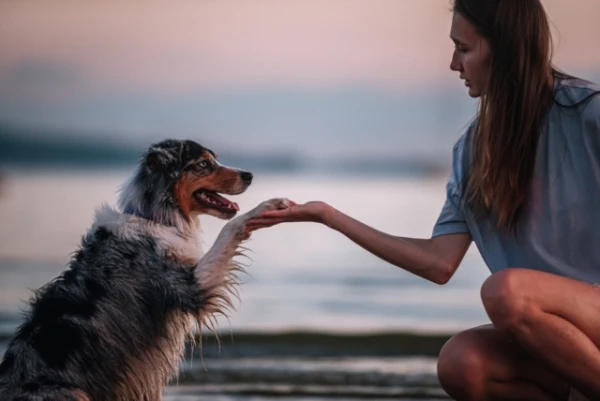
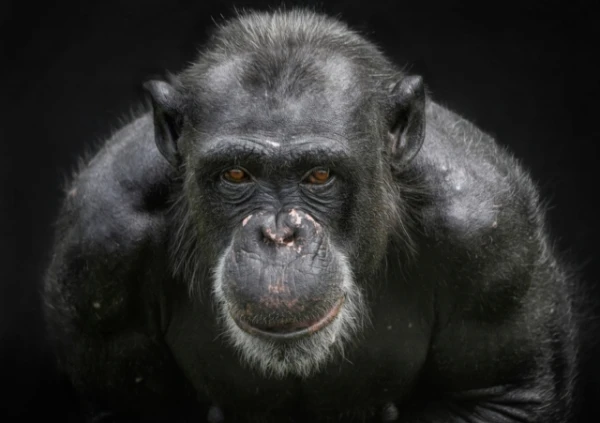
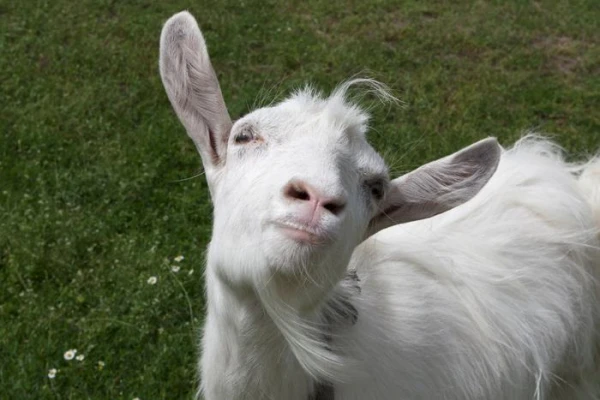
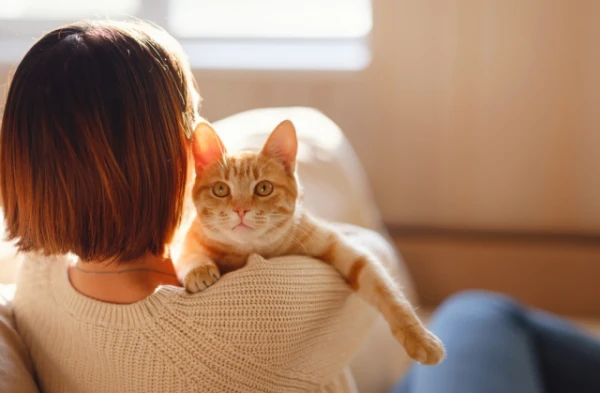
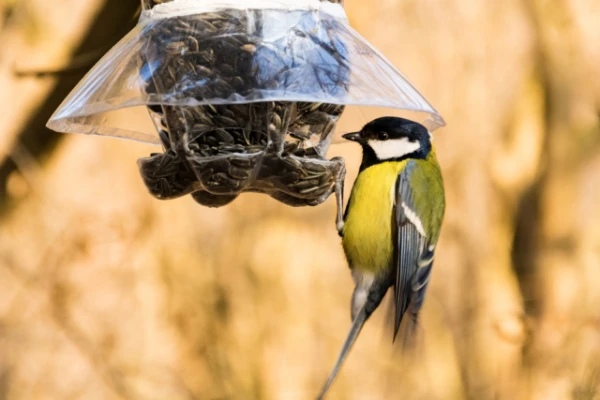
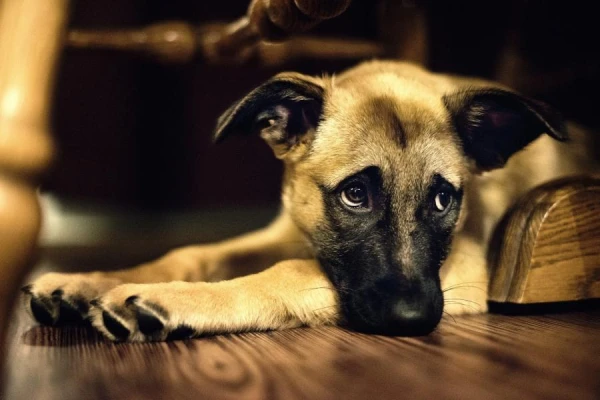
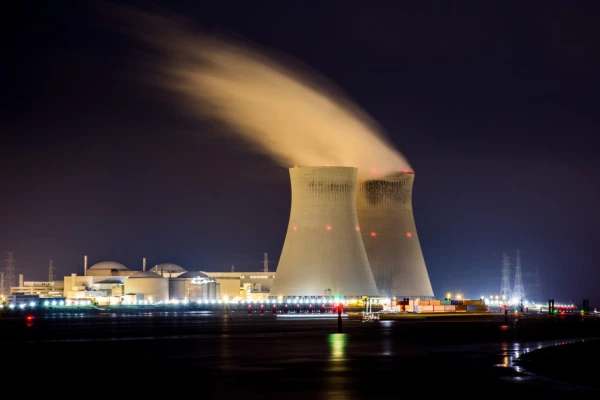


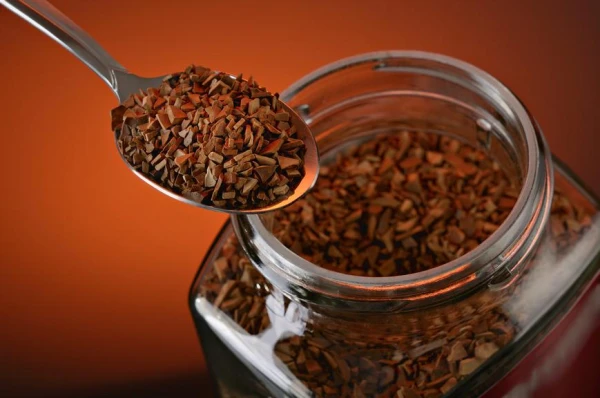

Leave a comment